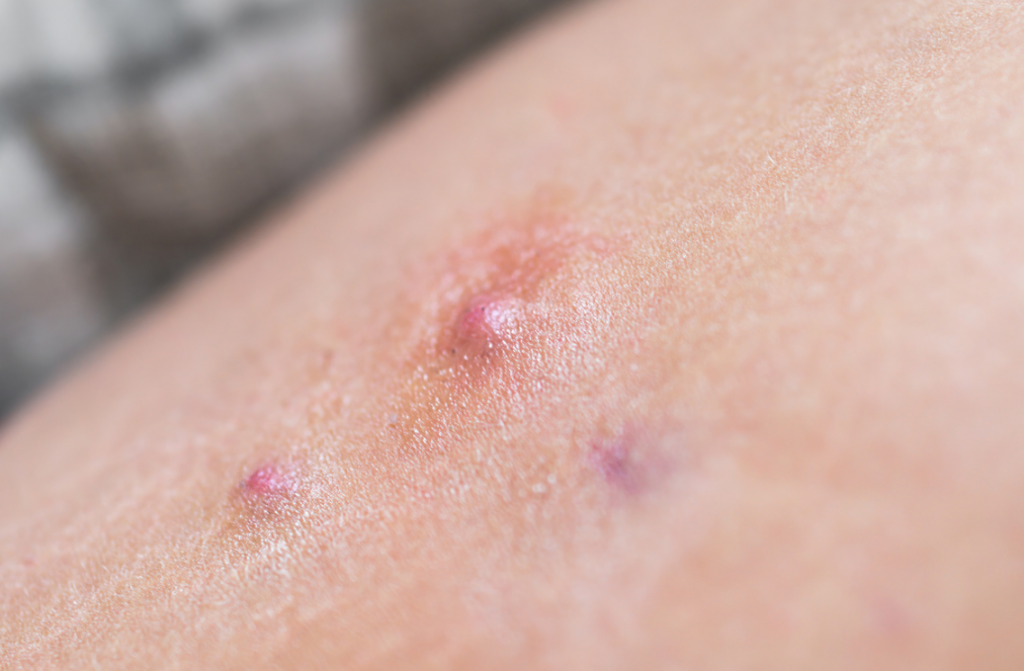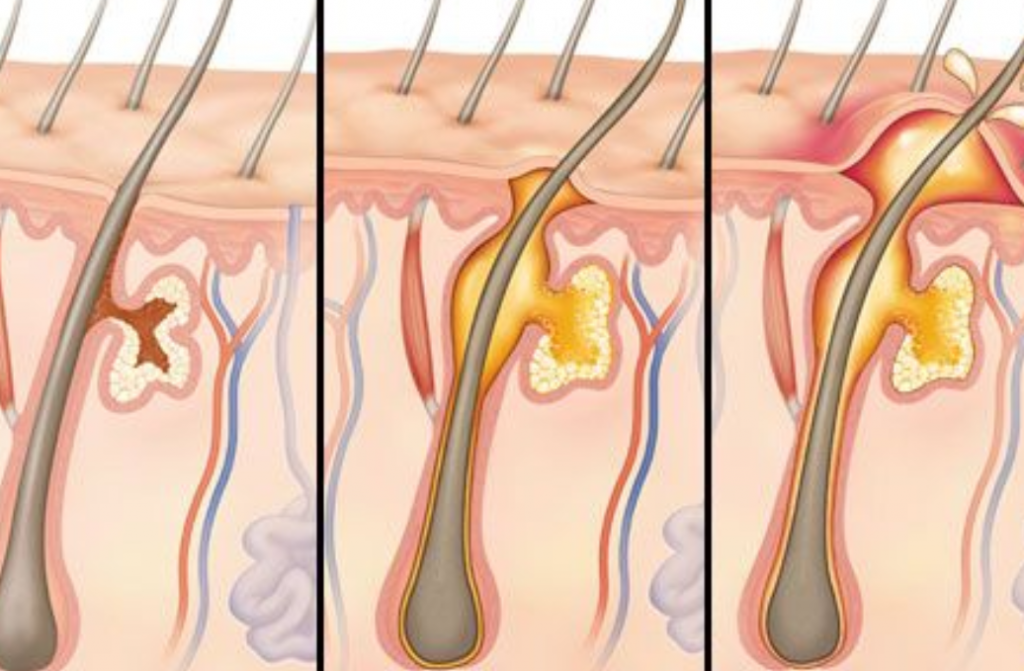Want to save 25%? Check out our Subscriptions!
Hidradenitis Suppurativa (HS) is a chronic, inflammatory skin condition affecting many individuals worldwide. It is often misunderstood and misdiagnosed, leading to delays in appropriate treatment and significant challenges for those with the condition. This comprehensive guide will delve into the causes, symptoms, potential treatment options, and challenges individuals with HS face.
The exact cause of HS is not yet fully understood. However, it is believed to result from genetic, hormonal, and immune system factors. HS occurs when hair follicles become blocked, accumulating bacteria, inflammation, and subsequent formation of painful nodules or abscesses. It is more common in women and tends to start after puberty.


HS typically affects areas of the body with apocrine sweat glands, such as the armpits, groin, buttocks, and under the breasts. The symptoms can vary in severity and include:
The disease can significantly impact a person’s quality of life, causing physical discomfort, restricted mobility, and emotional distress due to chronic pain and the social stigma associated with the condition.
While there is currently no cure for HS, various treatment options aim to manage symptoms, reduce inflammation, and prevent flare-ups. The choice of treatment depends on the severity of the disease and may involve a combination of the following:

Living with HS presents numerous challenges beyond physical symptoms. These challenges include: